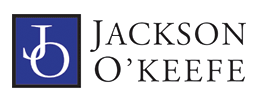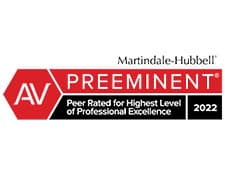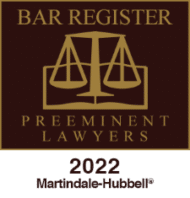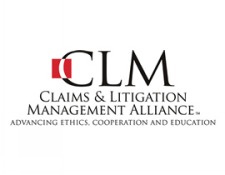Defective Product Lawyers – Dangerous Products
Personal Injuries from Dangerous or Defective Products
The attorneys at Jackson O’Keefe, LLP, represent individuals throughout Connecticut who have been injured due to dangerous and defective products. Receive a free, confidential consultation from Jackson O’Keefe, LLP, to discuss your potential claim.
The products that cause injuries are diverse and may be owned by you or others. Product injuries can happen at work, at the hospital or doctor’s office or at home. These products can range from, a table saw without guards or that is defectively designed, to a prescription medical device or possibly medication. Unlike other types of personal injury claims, there is no bar to recovery even if your negligence is greater than 50% in causing the accident.
When someone is injured while using a product that was manufactured or marketed in a defective or dangerous way, he or she may be able to recover the resulting damages. Products liability law is based on the responsibility of a manufacturer or other provider of goods to compensate users of the goods for injuries. This law is useful when a defective or dangerous product has been placed into the stream of commerce. The basic idea underlying products liability law is that the companies providing these products are usually in the best position to prevent defective products from entering the marketplace. But if they fail to do so, they should be held accountable. An experienced personal injury lawyer at Jackson O’Keefe in Connecticut can advise injured persons on whether they may have a claim against a product manufacturer or seller and can help them recover the damages to which they are legally entitled.
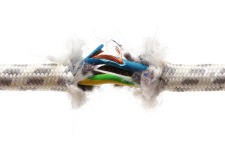
The Plaintiff’s Burden in a Dangerous or Defective Product Personal Injury Case
There is still a challenge with product liability law. At one time “caveat emptor” (let the buyer beware) was the standard to which manufacturers were held. Today “strict liability” is imposed in appropriate cases. Under this standard, manufacturers are responsible for injuries caused by their defective or unreasonably dangerous products even if they were not negligent. For instance, in a products liability action, the plaintiff or injured person must prove that there was a design or manufacturing defect in the product. Or that the manufacturer did not adequately warn consumers about the product’s possible dangers. In addition, the individual must establish, through relevant and credible evidence, that the product caused the injuries and that he or she was using the product in the way it was intended to be used or even that the manufacturer should have anticipated that the product would be “misused” in the way that it was.
Manufacturing defects are typically easier to prove than design defects. For example, if a particular consumer’s gas fireplace explodes when first lit, it is evidence that the fireplace was not manufactured as the designer intended it to be. On the other hand, a design-defect case could arise if many or all fireplaces of a manufacturer’s particular model posed a threat of explosion.
Proving a design defect involves passing judgment on technical choices and expert testimony. In a design defect case, the product may have been manufactured as it was intended to be, but the design was inadequately planned and presented unreasonable hazards to consumers.
Proving causation in a products liability case can be tricky. The plaintiff must establish that the product was defective when it left the hands of the defendant manufacturer, distributor, or seller, and that the defect was the cause of the accident that led to the plaintiff’s injuries. The plaintiff usually must establish that the product defect causes had a substantial role in bringing about the injuries.

Bases of Recovery in a Dangerous or Defective Product Personal Injury Case
The following are some possible legal theories that can be argued in a products liability case.
- Negligence. Negligence is a lack of reasonable care in the manufacture or sale of the product or in warning about the product
- Breach of warranty. Breach of warranty is failure to fulfill the terms of a promise regarding the product’s performance
- Misrepresentation. Giving consumers a false sense of security about a product’s safety is a type of misrepresentation.
- Strict liability. Where the product’s defect, although not the fault of the defendant, rendered the product unreasonably dangerous, the defendant is therefore, responsible under the theory of strict liability
There is no limit to the list of products that could form the basis of a products liability suit. Some of the more common product categories include apparel, asbestos, chemicals, cosmetics, firearms, food, machinery and tools, medical products and devices, motor vehicles, pharmaceutical products, recreational products, and tobacco
Conclusion
Persons injured by dangerous or defective products need the counsel of skilled veterans of personal injury and products liability law. The experienced lawyers at Jackson O’Keefe are here to guide you toward the most favorable outcome with the complexities of your case through the legal system. If you or someone you know has suffered injuries as a result of using a dangerous or defective product, please contact Jackson O’Keefe, LLP, in Connecticut. Where a knowledgeable attorney can advise you on whether you may have a claim against the product manufacturer or seller and can help you recover the maximum damages recoverable under the applicable law.
